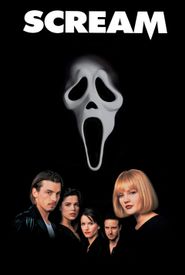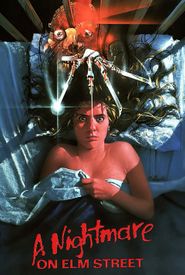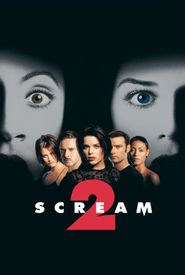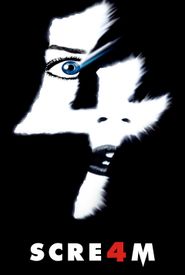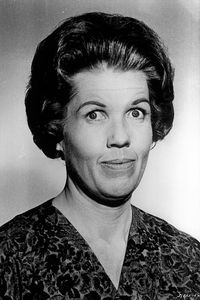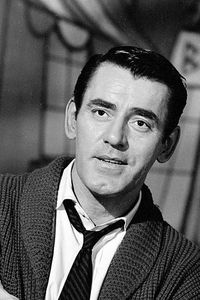Wesley Earl Craven, a renowned filmmaker, was born in Cleveland, Ohio, to Caroline (Miller) and Paul Eugene Craven. He had a midwestern suburban upbringing, which likely influenced his bold and innovative approach to the horror genre.
Craven's first feature film, The Last House on the Left (1972),showcased his versatility as a writer, director, and editor. He then revolutionized the youth horror genre with A Nightmare on Elm Street (1984),a film he wrote and directed. Although he did not direct any of its five sequels, he deconstructed the genre a decade later with the audacious New Nightmare (1994),which introduced the concept of self-reflexive genre films.
In 1996, Craven achieved a new level of success with the release of Scream (1996),which sparked a phenomenal trilogy. The film won MTV's 1996 Best Movie Award and grossed over $100 million domestically. Between Scream 2 (1997) and Scream 3 (2000),Craven directed Music of the Heart (1999),a non-genre film that earned Meryl Streep an Academy Award nomination for Best Actress.
Craven's recent works include the 2005 psychological thriller Red Eye (2005) and a short rom-com segment for the ensemble product Paris, Je T'aime (2006). He also produced remakes of two of his earlier films, The Hills Have Eyes (2006) and The Last House on the Left (2009),for his genre fans.
Throughout his career, Craven has demonstrated an eye for discovering fresh talent, contributing to the success of his films. He discovered Johnny Depp, Sharon Stone, and Bruce Willis, among others. In My Soul to Take (2010),Craven brought together a cast of up-and-coming young teens, including Max Thieriot, whom he saw as having the spark of stardom.
Craven's Scream 4 (2011) reunited him with Dimension Films, Kevin Williamson, and the original cast, including Neve Campbell, Courteney Cox, and David Arquette. He once again showcased his knack for spotting important talent, featuring a cast of young actors, including Emma Roberts and Hayden Panettiere.

